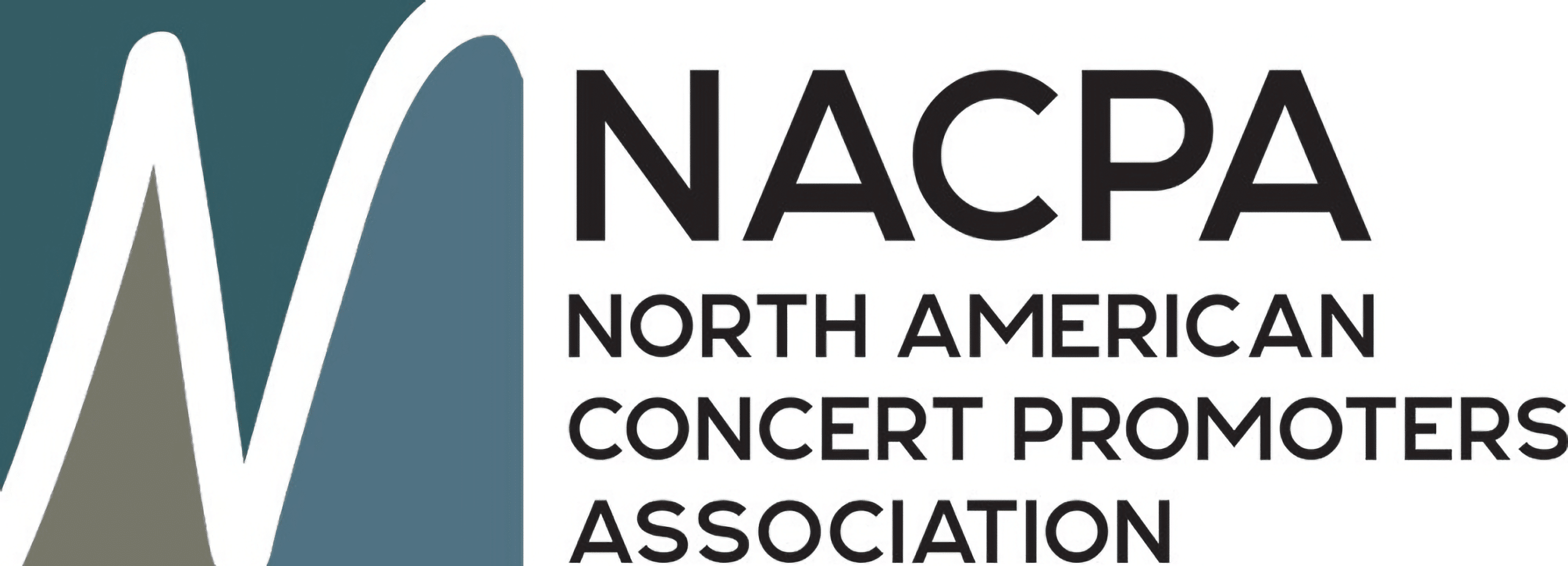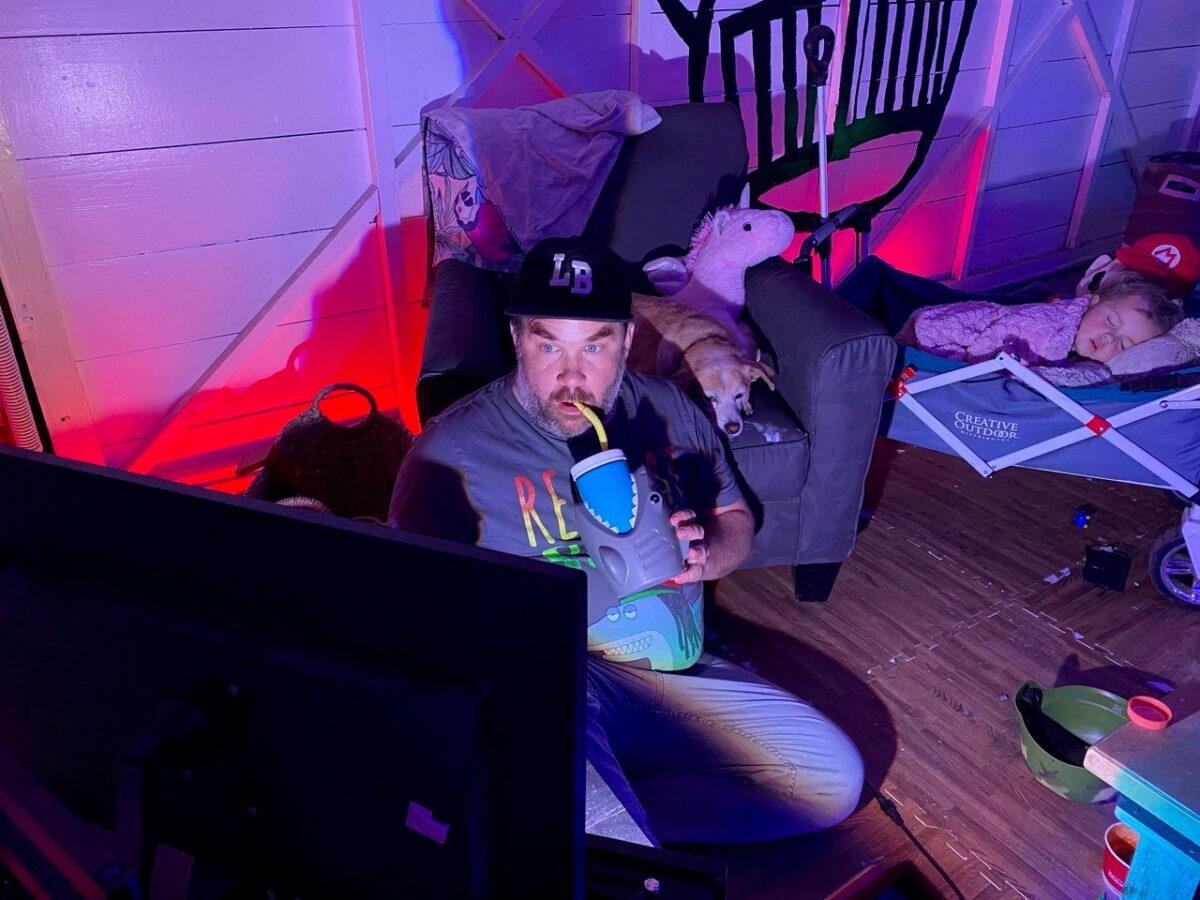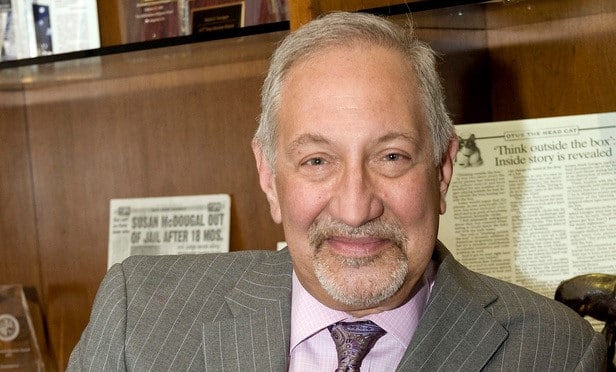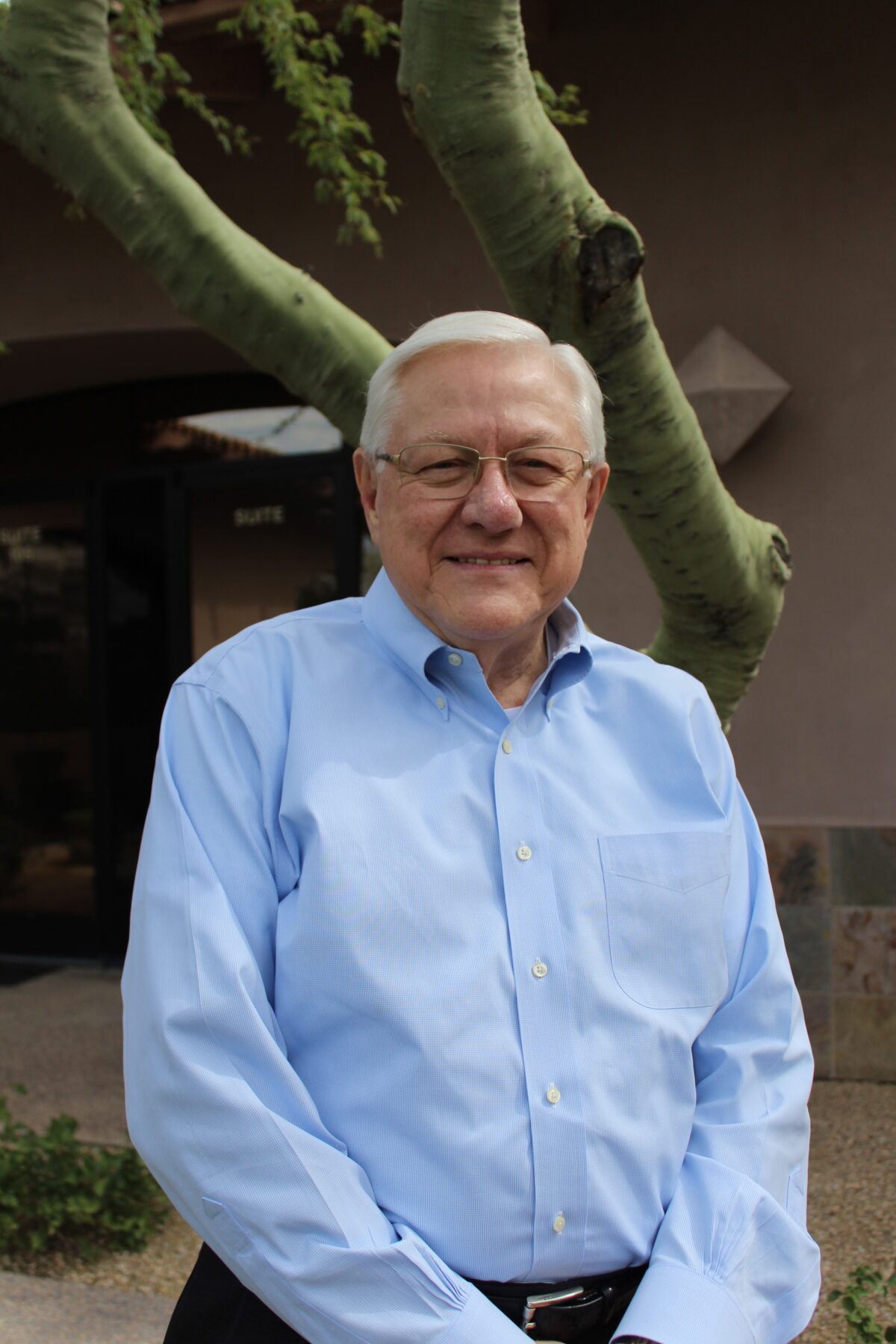Dr. Stephen Happel, a featured guest in a previous post, alongside Dr. Marianne Jennings, is working on a White Paper regarding ticketing and wants to have NACPA members get an early read:

Marianne M. Jennings and Stephen K. Happel, emeritus professors, W.P. Carey School of Business, Arizona State University
Abstract: Despite centuries of failed efforts, we face another wave of regulatory solutions for high-dollar, high-demand, one-time events. Each time an artist or sporting event has a level of demand that results in deprived fans crying, “foul” about the way the ticket sales were handled a new form of regulation or a return to old forms of regulations percolates up to stop secondary-market tickets sales. Each new or recycled regulatory proposal comes with accompanying assurances that secondary ticket sales will finally be cut off, but the secondary ticket sales survive to participate in the next great event.
Regulatory reform has been ineffective because the hearings and fact-finding that are part of the process are woefully devoid of two key knowledge components (1) Economics; and (2) Transparency (and hence knowledge) about the players in the live-event ticket sales market. We find ourselves asking, “How did they get around that?” The answer lies in addressing these pieces of missing knowledge.
In addition to reviewing the problems with current market structures, proposed reforms, existing reforms, and work-arounds, this article focuses on the information regulators must have before developing regulation. Without the missing information, new regulations actually create greater demand and higher ticket prices. Market equilibrium cannot be achieved when regulations hamper supply and demand pricing.
Introduction
“And it must follow, as the night the day.”[1] When Taylor Swift, Beyoncé, Springsteen, or even Coldplay concert tours are announced, what follows is weeping, wailing, and gnashing of teeth along with calls from some branch of government to address the pricing and allocation injustices of the ticket world once and for all. However, because the various areas and forms of regulations have not stopped secondary markets or wild prices, this repeating pattern leads us to conclude that what we have, “‘Twas ever thus, and thus ‘twill ever be.”[2] Not so. Rather, perhaps the explanation of the long line of continuous regulations, often coming back to the same regulations of a century ago involves seeking information we do not have, and, thinking critically and anticipatorily about the unintended consequences of regulations imposed on a market that regulators think exists, but actually does not.
Regulation of the secondary ticket market has been based on data about the ticket markets that are then used as the basis for market regulation and controls. Management experts Peter Drucker and W. Edwards Deming are often quoted as saying, “You cannot fix what you don’t measure.” Actually, Peter Drucker never said that or, “What gets measured gets managed.”[3] Yes, all those Harvard Business Review articles quoting Drucker and, on occasions, Deming, were incorrect.
What Drucker and Deming did say was that you cannot base management decisions on only visible figures. Based on the 1956 work of V.F. Ridgeway, both Drucker and Deming concluded that you must know what you are missing in order to fix management (market) problems.[4] There is an astonishing lack of information about the activities of those involved in both the primary and secondary ticket markets. That advice is needed because, “You cannot fix the existing ticket market or create a free and open ticket market when you are missing currently invisible information about that market.”[5] Presently, we have, no matter which regulators, elected officials, or industry members are debating plenty of data about ticket prices, sell-out numbers, and the rapidity of the sell-out. What we do not have, oddly, is the number of tickets that are released for initial ticket sales.
That number of tickets released determines supply, and a limited supply drives up market prices. Yet no one really knows the actual number of tickets released. The information available instead is the time expended before there is a sell-out. No one, save insiders, knows that more tickets will become available. If those insiders then control the secondary market, they can continue to manipulate pricing. The number of released tickets is thus a critical part of the information that regulators do not have as they debate and pass regulations. Missing information means ticket markets cannot achieve pricing equilibrium when price is set by supply and demand. This lack of transparency has always existed in ticket markets for high demand/low-volume events. Buyers do not know who actually has tickets, how many they have, when they get them, and when they will be released into the market.
Those who regulate do not grasp the science underlying markets enough to understand why regulations never solve the eternal issue of high prices in single-event ticket pricing. Ironically, those who are lobbying for regulation are generally those who have the missing information. That information remains close to their vests even as they don the mantle of speaking for consumers. They obtain legal protection for their possession, control, and ability to keep sales strategies that drive prices in markets in which they hold exclusive control.
I. The Economics Principles of Live-Event Ticket Sales
A. High Demand and Limited Supply Events
Much has been written about the unique psychology of high demand and/or single-event ticket markets.[6] The scholarship spans decades and has only increased as disposable incomes for consumers have risen. The reasons for the psychological factors are debated, but there is unanimity in the conclusion that certain artists, plays, and sporting events create demand that numbers exponentially higher than the seats available in the arenas, theaters, and stadiums where the events are scheduled. In short, demand far exceeds the number of available tickets.[7]
B. Underpricing
Again, much has been written about how and why tickets for high-demand events are underpriced.[8] And again, there are differing opinions as to why sellers of tickets for high-demand events set prices lower than what the market will bear but there is unanimity is the scholarship that underpricing exists.[9]
C. Private and Regulatory Market Control Attempts Are Unsuccessful and Backfire
1. Limits on the Number of Tickets Purchased
From the earliest days of high-demand events, primary ticket sellers have attempted to prevent resale markets for tickets. One of the earliest attempts to halt secondary involved limiting the number of tickets each customer could purchase, with the typical limits being two or four tickets person.[10] The theory behind the imposition of these limits was that those who were purchasing the tickets could not set up secondary sales with just a few tickets.
However, this market control was easily overcoming from the beginning. Secondary-market ticket sellers simply hired help to purchase tickets and then pooled the individual purchases together to create their supply of tickets. Called “diggers” in the early days of the then-called “ticket scalpers,” there were societal harms that resulted from this technique for acquiring tickets for resale. Those hired to purchase tickets were often suffering from addictive habits with resulting homelessness.[11] Their presence in ticket lines gave the diggers an opportunity for criminal enterprise with the other ticket holders being the victims of the crimes committed by “scalper”-hired independent contractors.[12]
With the advent of internet ticket sales, the need for physical presence disappeared because those in the secondary ticket market simply used bots to purchase tickets and evaded the limitations on the numbers of tickets purchased by just sending in an army of bots to overpower the system and evade detection.[13] There was an anti-bot movement that the primary ticket sellers began that involved lobbying at both the state and federal levels to make the use of bots illegal. The National Association of Ticket Brokers (the primary organization for secondary ticket market sellers (NATB)) put an anti-bots provision in its code of ethics.
The result was federal legislation that made the use of bots in tickets purchases illegal along with about 10 states passing similar legislation.[14] The states ran into enforcement difficulty because of their inability to regulate interstate commerce.[15] The federal government ran into enforcement difficulty for a list of reasons, including both the challenges of investigation and proof as well as priorities on the parts of federal prosecutors.[16] Federal prosecutors had difficulty making headlines for raids on the small businesses that met a public need for finding and purchasing tickets.
D. Market Control Attempts: Restrictions on Transfer
One of the many remedies that have been applied to ticket markets, both legislatively and through actions of promoters, ticket sellers, and those performing at the high-demand events, is to restrict the transfer of tickets by original purchasers, i.e., those who purchase the tickets directly from the original source.[17] Only those who actually bought the ticket can attend the high-demand event. With today’s technology, tickets can be tied to humans and only those humans who were scanned, fingerprinted, or otherwise identified at the time of ticket purchase will actually be able to enter the event.
There are several issues that arise with no-transfer policies. The first is those who buy choose not to attend or have purchased the tickets as gifts are blocked by technology from doing so. The transfer prohibition are particularly burdensome in this era of Swifties (the young teen girls who are mesmerized by the pop sensation Taylor Swift). Parents purchase the tickets but will not be attending the concert.[18] Schedule changes do not permit attendance and the original purchaser wishes to just gift or sell the tickets to someone else.
The second issue is that primary ticket sellers have created greater market control and earned fees for imposing non-transfer policies.[19] When there are transfer restrictions, primary ticket sellers began by setting up exclusive resale online outlets. Primary ticket holders could not sell or transfer their tickets except through a ticket exchange run by the primary ticket seller.
The logistical issues of ID-tied tickets
E. The Reality of Luxury Good Pricing vs. the Unalienable Right to Attend a Concert
II. Transparency
A. No one knows how many tickets are released to the public
B. No one is clear on who secondary sellers are and how many of them there are
C. Primary sellers will not disclose buyer arrangements or volume
D. Online sales prevent identification of sellers and buyers
E. The antitrust laws as enablers of vertical and horizontal monopolization
1. Consumers are not aware of connections of secondary sellers to primary sellers
2. Primary and secondary sellers are using artist autonomy on resale as protection against inquiry and backlash
III. The Flaws in Current Regulations
A. Transparency
B. Jurisdictional enforcement issues
C. The power and creativity of technology
D. The reality of back-door access to tickets
IV. A Proposal for “Regulation”
[1] Advice of Polonius to Laertes, Act I, Scene III, William Shakespeare, Hamlet.
[2] The origin of these maxim is said to come from a Thomas Moore poem. Moore’s lines:
Oh! ever thus from childhood’s hour
I’ve seen my fondest hopes decay;
I never loved a tree or flower,
Bur ’twas the first to fade away.
But there was also Charles Stuart Calverley’s poem:
‘Twas ever thus from childhood’s hour!
My fondest hopes would not decay;
I never loved a tree or flower
Which was the first to fade away! https://dict.leo.org/forum/viewGeneraldiscussion.php?idForum=4&idThread=1290470&lp=ende&lang=en.
Moore’s poem was also parodied by Lewis Carroll. In short, there is no direct quote but a compilation of author’s phrases over the years. The only person who claimed authorship was the fictional John Keating, the English teacher played by the late Robin Williams in “Dead Poet’s Society” (1989).
[3] Paul Zak, “Measurement Myopia,” Drucker Institute, July 4, 2013 https://drucker.institute/thedx/measurement-myopia/. Yes, all those Harvard Business Review articles quoting Drucker and, on occasions, Deming, were incorrect.
[4] V.F. Ridgeway, “Dysfunctional Consequences of Performance Measurements,” 1 Administrative Science 240 Quarterly, (1956), “Quantitative measures of performance are tools, and are undoubtedly useful. But research indicates that indiscriminate use and undue confidence and reliance in them result from insufficient knowledge of the full effects and consequences.” Ridgeway, at p.240.
[5] Marianne M. Jennings is credited, although not by many, for offering this sage advice. And yes, she will own up to it even if there is a monumental shift among economists and anthropologists about the nature of ticket-seeking humans.
[6] The term “high-demand events” includes sporting events (games, tournaments, global competitions, matches), popular plays with limited runs, and concerts (artists, operas, symphonies). High-demand events are those for which there is limited capacity, high fan desire, and limited opportunities (one-time events or limited concert tours).
[18] ‘Tis a sacrifice too great for even the best of parents. Swiftie madness carries the blessing of dissipating with age.
[19] Primary ticket sellers are those how issue the original tickets, akin to a primary offering in securities. There are shares sold by the underwriters to new shareholders



